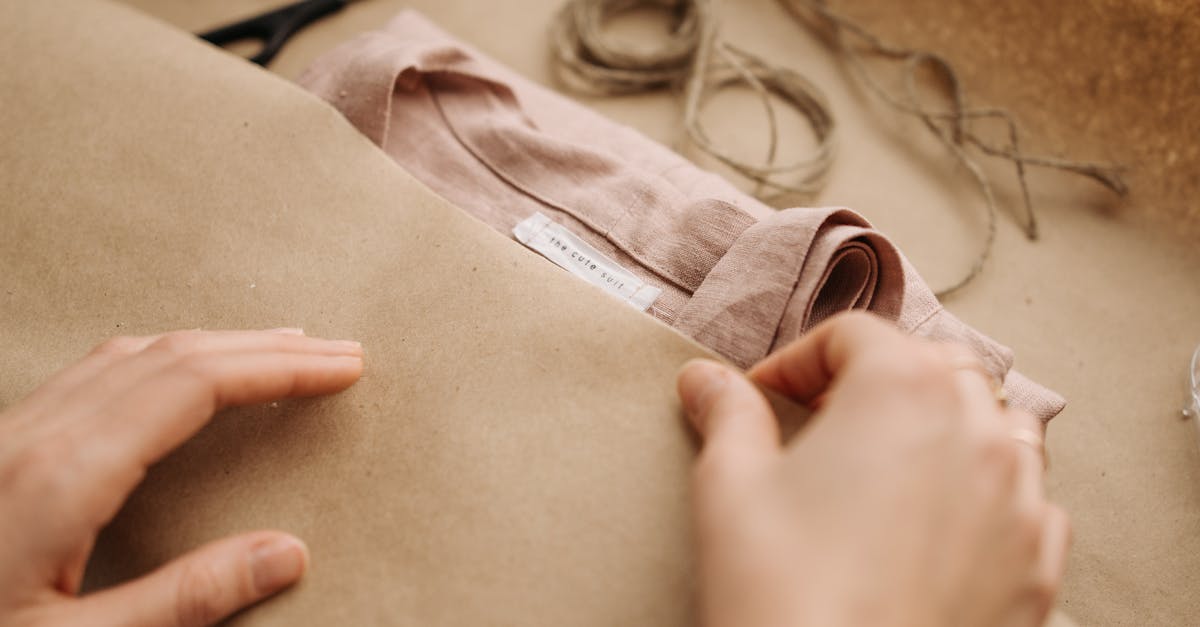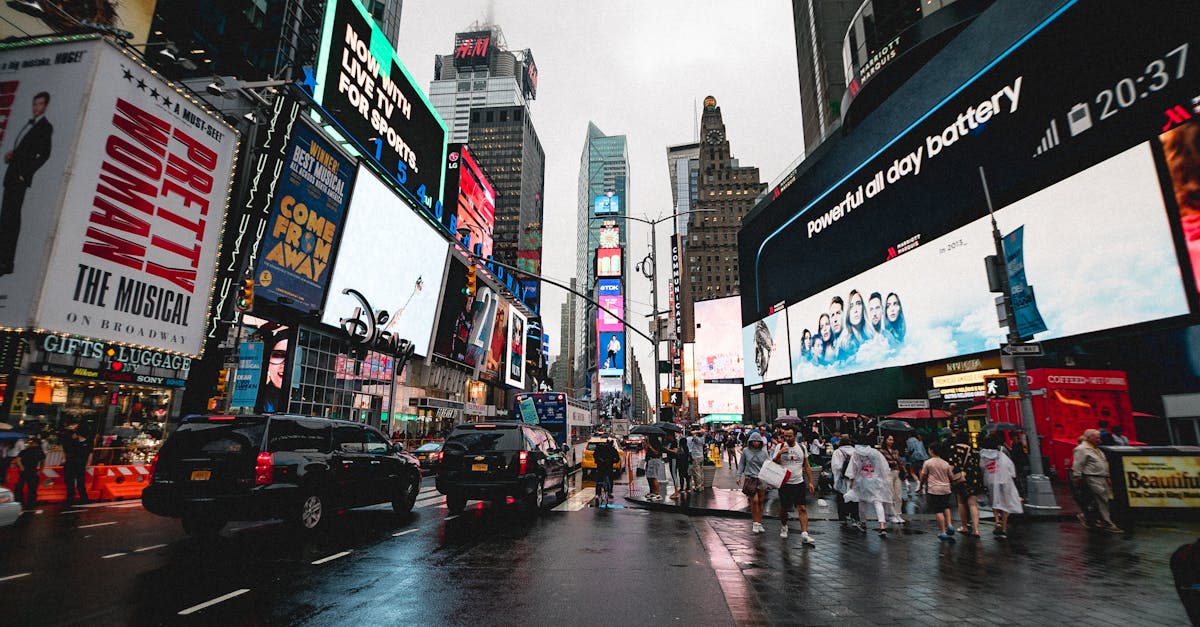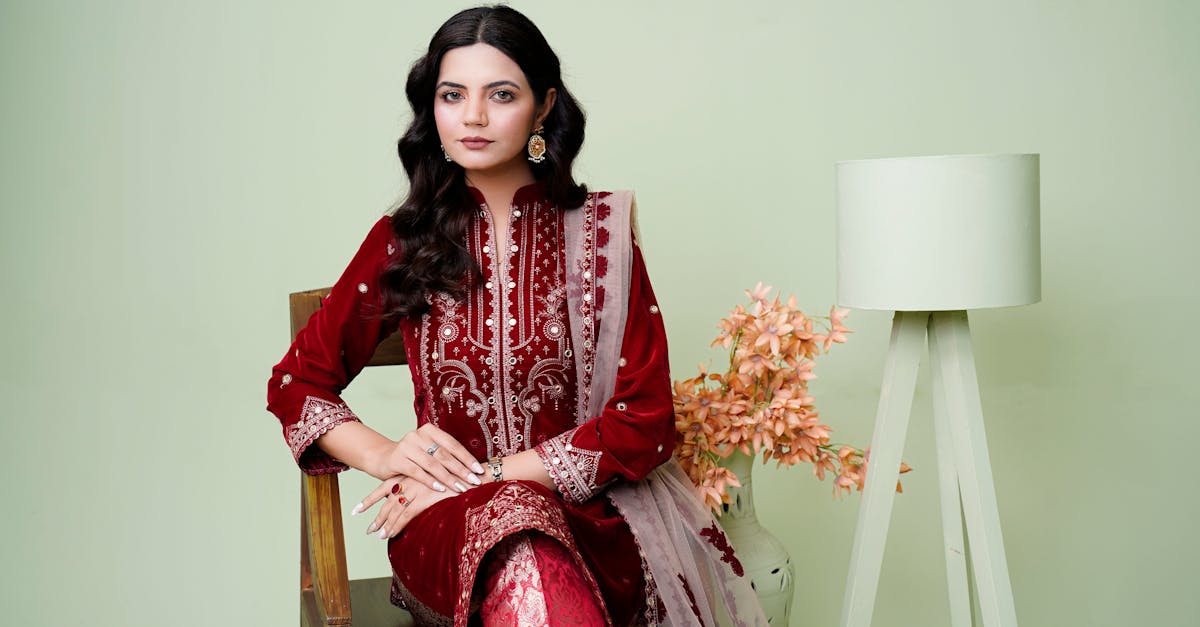Mindful Fashion Fusion Evolution Unveiled
Introduction to Mindful Fashion Fusion
The fashion industry is undergoing a dynamic transformation, as it evolves to embrace more sustainable and mindful practices. This shift, often referred to as mindful fashion fusion, merges ethical production, sustainable resources, and innovative design. As consumers become increasingly environmentally conscious, brands are adjusting to meet these new expectations. The focus is now on creating lasting garments that are both fashionable and environmentally friendly. This trend is not just about looking good but also about doing good for the planet. Let's delve into how this evolution is reshaping the industry and our wardrobes.
Advertisement
The Roots of Sustainable Fashion
Mindful fashion finds its roots in the increasing awareness of the ecological impact of fast fashion. The mass production of clothing often leads to wasteful consumption and pollution, prompting the industry to rethink traditional methods. Sustainable fashion emphasizes the use of organic materials, such as hemp, organic cotton, and bamboo, which require fewer chemicals and water. The movement also promotes ethical labor practices, ensuring fair wages and safe working conditions for garment workers. By choosing sustainable fashion, consumers contribute to a more balanced and responsible approach to clothing production and consumption.
Advertisement
Eco-Friendly Innovations in Textile Production
One of the driving forces behind mindful fashion is the innovation of eco-friendly textile production. Designers and manufacturers are exploring new ways to create fabrics without harming the environment. Technologies such as recycled polyester and biodegradable textiles are gaining popularity. Furthermore, brands are developing waterless dyeing techniques that drastically reduce water usage. These innovative practices not only decrease the carbon footprint but also signal a commitment to preserving natural resources. As these technologies evolve, they pave the way for a greener, more sustainable future in fashion.
Advertisement
Fashion Meets Technology
Technology plays a crucial role in the evolution of mindful fashion. Digital advancements have enabled designers to create virtual prototypes, reducing the need for physical samples and contributing to waste reduction. Smart textiles, or intelligent fabrics, are becoming integrated with technology to improve functionality. Meanwhile, 3D printing is revolutionizing the production process by minimizing excess material and allowing for the creation of customized designs. These advancements not only make garments more sustainable but also expand the limits of creative expression within the fashion industry.
Advertisement
Circular Fashion: Closing the Loop
Circular fashion is a cornerstone of the mindful fashion movement, focusing on designing products with longevity in mind. Unlike the traditional linear fashion model, which involves producing, consuming, and disposing, circular fashion emphasizes recycling and remanufacturing. Brands are encouraged to reclaim used garments and transform them into new clothes, thereby closing the loop of the product lifecycle. Additionally, concepts like clothing rentals and secondhand shopping are gaining traction, enabling consumers to participate actively in sustainable practices. This shift towards a circular economy promotes resource efficiency and reduces the overall environmental footprint.
Advertisement
Consumer Consciousness and Ethical Choices
Today's consumers are increasingly making ethical fashion choices, driven by greater awareness of environmental and social issues. This shift in mindset is encouraging brands to adopt transparency in their operations, allowing buyers to make informed decisions about their purchases. Labels now indicate the material origins, production processes, and ethical practices involved in crafting a garment. Influenced by social media and the growing influence of eco-conscious influencers, shoppers are opting for brands that align with their values. This consumer-driven demand is pushing the fashion industry towards greater accountability and responsibility.
Advertisement
Challenges and Roadblocks
Despite its virtues, mindful fashion faces its share of challenges. One significant hurdle is the higher cost associated with sustainable production, which can deter budget-conscious consumers. Additionally, navigating greenwashing—where brands falsely claim to be eco-friendly—remains a concern, necessitating vigilant consumer awareness. There is also the challenge of scalability, as smaller sustainable brands strive to compete with established fast-fashion titans. These obstacles highlight the need for policy support and industry collaboration to promote authentic sustainable practices and make them accessible to a wider audience.
Advertisement
Global Influence and Market Expansion
Mindful fashion is a global movement, with brands from Europe, Asia, and the Americas contributing to its expansion. This inclusive approach fosters cross-cultural collaborations and knowledge sharing, promoting innovation in sustainable practices. The movement is supported by international policies that encourage sustainable trade agreements and environmental regulations. As more countries embrace mindful fashion, global markets are becoming more interconnected, reflecting a collective effort to prioritize sustainability. Consequently, this trend is not limited to luxury brands but is gaining traction among mass-market retailers as well.
Advertisement
The Role of Fashion Education
Educational institutions are playing a pivotal role in shaping the future of mindful fashion. Fashion design programs are incorporating sustainability into their curricula, preparing students to lead the industry’s transformation. By emphasizing environmental ethics, circular design principles, and technological integration, aspiring designers are equipped with the skills needed to innovate responsibly. Workshops, symposiums, and partnerships with industry leaders further strengthen this commitment, fostering a new generation of designers who prioritize sustainability. The inclusion of mindful fashion in education ensures that the ethos of sustainability will endure as a fundamental aspect of the industry.
Advertisement
Conclusion: A Fashionable Future
Mindful fashion fusion evolution signifies a transformative moment in the fashion industry, rooted in sustainable and ethical practices. Through innovative technologies and global collaborations, the movement is redefining the standards for apparel production and consumption. It introduces a paradigm shift, where the focus is not only on profitability but also on the planet’s well-being. While challenges remain, the momentum of the mindful fashion revolution continues to grow, driven by an informed and conscious consumer base. As this evolution unfolds, it promises a more responsible, inclusive, and greener future for fashion.
Advertisement








